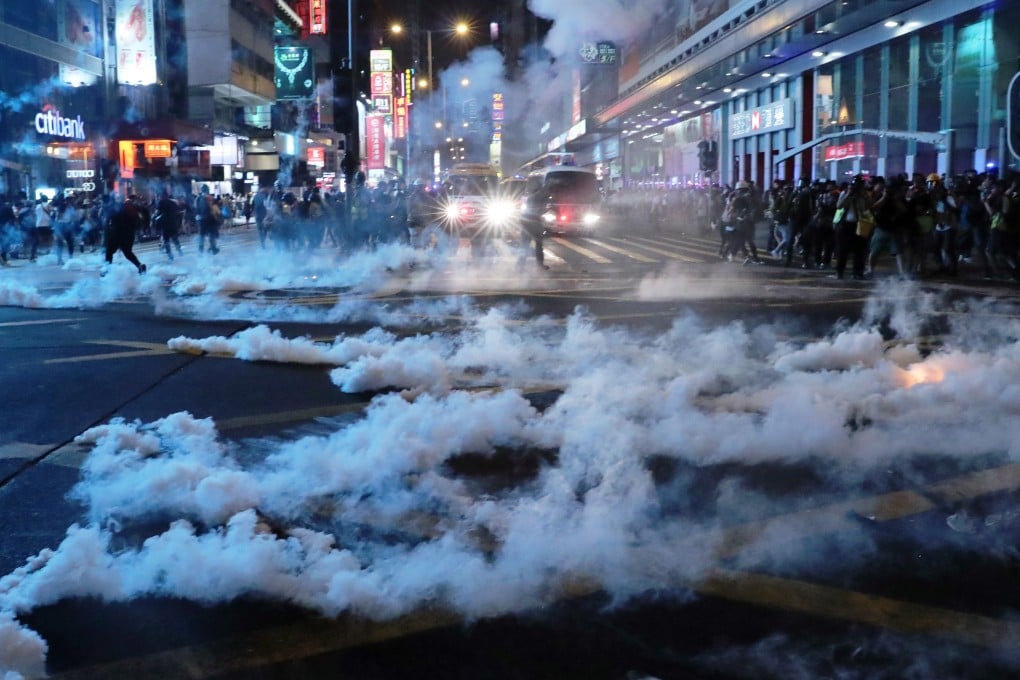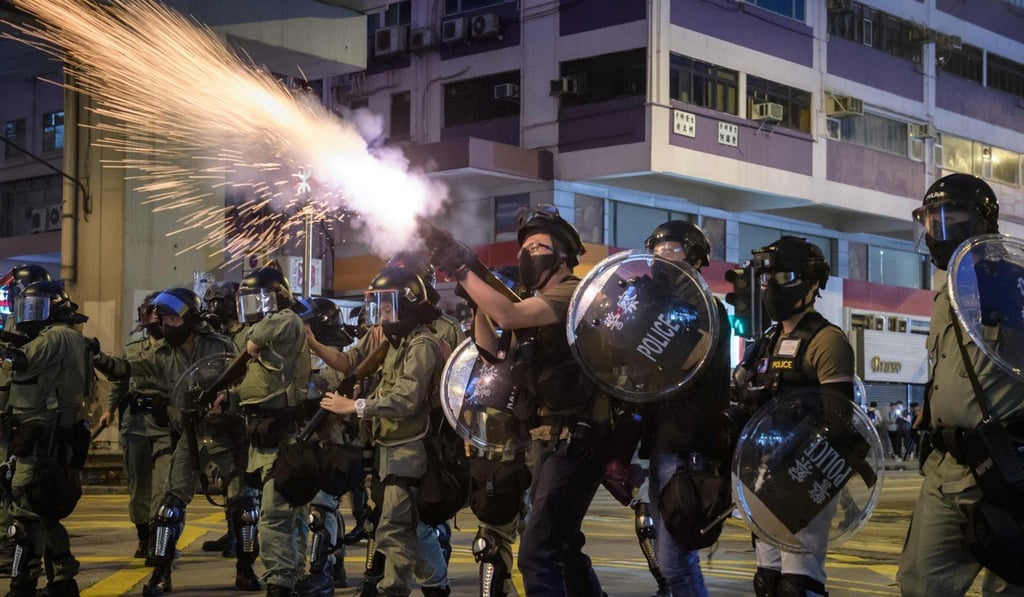Fires on the streets, not tear gas, to blame for dioxins in Hong Kong air, environment minister says
- Environmental Protection Department has not found any anomalies in the levels of particulate matter in areas where tear gas had been fired since June
- Chinese University scientist Chan King-ming also says there is no evidence suggesting tear gas will release dioxins in the air

Setting fire to shops and burning trash during protests in recent months are the major sources of cancer-causing dioxins found in the city’s air, Hong Kong environment minister has said, rejecting public speculations over tear gas releasing such toxins threatening public health.
Secretary for the Environment Wong Kam-sing made his comments on Wednesday, after wide discussions over whether firing of tear gas led to the emission of dioxins in the city’s air.
The discussions were sparked after a frontline reporter, who frequently covered protests that were tear-gassed by police, said last week that he was diagnosed with chloracne – a skin condition linked to exposure to dioxins.
But Senior Superintendent Wong Wai-shun, who claimed the amount of tear gas he had breathed in was far more than anyone, said he had not developed any chloracne at all.
A scientist said the government failed to address the concerns in time, prompting the rise in speculations among people.
